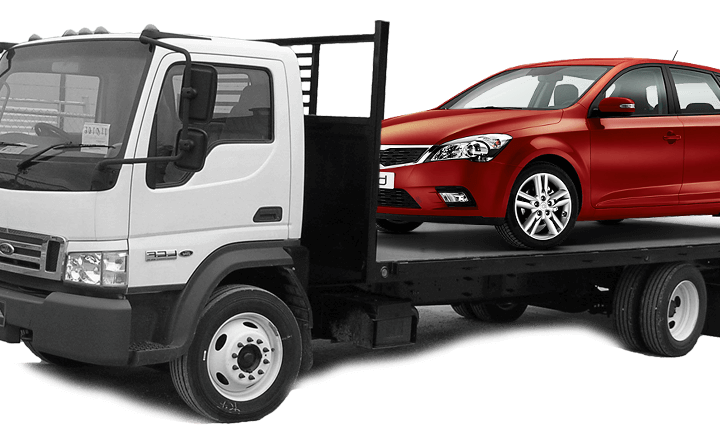

Battery management in automotive applications goes far beyond managing the battery cells and keeping the pack healthy. It involves ensuring the safe operation of the pack, interfacing with the load and keeping the battery working optimally through its lifetime.
That is according to Danish battery management system firm LiTHIUM BALANCE, which has a range of multi-voltage battery management systems. The systems are based on two platforms that can be used for a wide range of applications, such as electric vehicles for disabled persons, scooters, motorcycles, cars and trucks, industrial machines, boats and camping vehicles and UPS systems.
LiTHIUM BALANCE says its off-the-shelf battery management solutions are easily tailored to specific customer needs, making the adoption of Lithium Ion technologies easy and cost-effective.
LiTHIUM BALANCE can also provide the necessary switching circuitry needed in the modern high voltage Lithium Ion battery applications. Proper battery management also addresses warrantee issues, which rank high among the concerns of automotive OEMs when it comes to the development and sale of electric vehicles.
The company says there is a focus on lithium ion technology because of its energy density, which is typically three times that of Lead Acid and 40% more than NiMH (nickel-metal hydride). This energy density advantage is further increased in large format battery cells. Larger battery cells mean that proportionally less of the cell mass is casing and in terms of the battery pack construction, less of the total pack weight is connections and fusing. Large format cells are typically of a standard shape, allowing better packaging when compared to cylindrical cells.
Safety is the single biggest challenge for large format Lithium Ion cells. Smaller cells such as the typical 18650 size cells can be equipped with built-in, passive, safety features. In advent of a mishap, a single cell with a capacity of 2.2AH (9Wh) can be more easily managed than a 50AH or even 400AH (1.6kWH) unit. The 300 – 400 volts and up to 1,000 amps that a modern EV battery has the potential to produce are sufficient to instantly vaporize metal and cause serious injury including burns and death, if mishandled.
Leak detection or ground isolation fault detection is another key safety issue identified by LiTHIUM BALANCE. The detection feature needs to be reliable and robust, avoiding triggering by noise and the presence of capacitive elements in the circuit, while still being able to reliably pinpoint real isolation faults and leaks to earth. We have taken ours a stage further whereby it is able to estimate where within the pack the leak is occurring.
Automotive Industries (AI) asked Lars Barkler, CEO of LiTHIUM BALANCE, to tell us about the technologies which were showcased at the October eCarTec show held in Munich, Germany.
Barkler: We presented our s-BMS modular platform that has proven to be very popular among customers since its launch last year. On show were battery modules from a major global battery OEM with our BMS embedded in the module. We also launched our new Chademo module that takes care of the fast charge functionality and compatibility on the vehicle side. It will also support Combo 2 during the course of next year.
AI: What are some of the breakthroughs in electric vehicle charging?
Barkler: Agreement on international fast charging protocols is a very important move for the EV industry. And with our new fast charging module we will support this development by making it easy and inexpensive also for the smaller OEMs to implement fast charge on their vehicles – cars, buses, trucks and machines – so they can fully exploit the new charging infrastructure.
AI: How will this potentially impact the EV market?
Barkler: Fast charging stations are popping up all over the world at a very inspiring pace, and this will support the wider adoption of electric vehicles, no doubt.
AI: What are some of the highlights of your s-BMS, version 6?
Barkler: It is a completely modular BMS platform both in hardware and software, allowing us to support virtually all customers just through configuration. This makes it very inexpensive and fast for our customers to implement in their battery packs. The very high resilience against EMI, temperature and vibration impact is also a very unique feature in this industry.
AI: Would you say your testing parameters are tougher than industry norms?
Barkler: Yes, we have tested our s-BMS platform at EMI, temperature and vibration levels up to seven times above normal automotive requirements. A car is a harsh environment for an electronic safety system, but more so for the BMS that is connected to the high voltage cables and taking all of the noise from the inverter. The BMS and its internal and external communication just needs to work regardless of the conditions it is exposed to – in all situations.
AI: What role do battery management systems for Li-Ion batteries play, and how have your company solutions helped in this field?
Barkler: I usually say that a BMS is worth its weight in gold. It ensures the safety, performance and life of the battery pack which is, and always will be the most expensive component in an electric car. So don’t compromise on the BMS! So far about 300 customers have developed electric vehicles and machines with our BMS and support.













More Stories
New version of Microwave Switch Design Tool from Pickering Interfaces on show at European Microwave Week 2024
Fusion Processing Announces Readiness for Commercialisation of Automated Trucks and Buses
Rita Case Presented with Lifetime Achievement Award from National Association of Minority Automobile Dealers